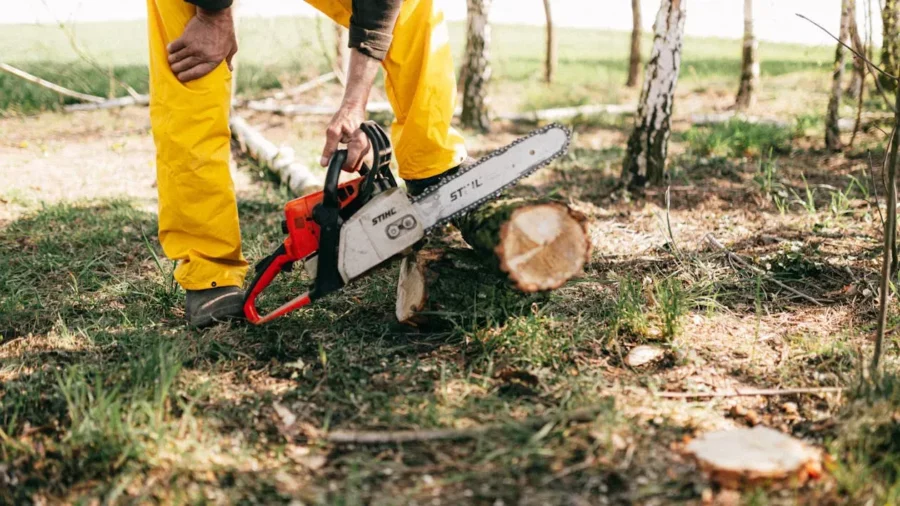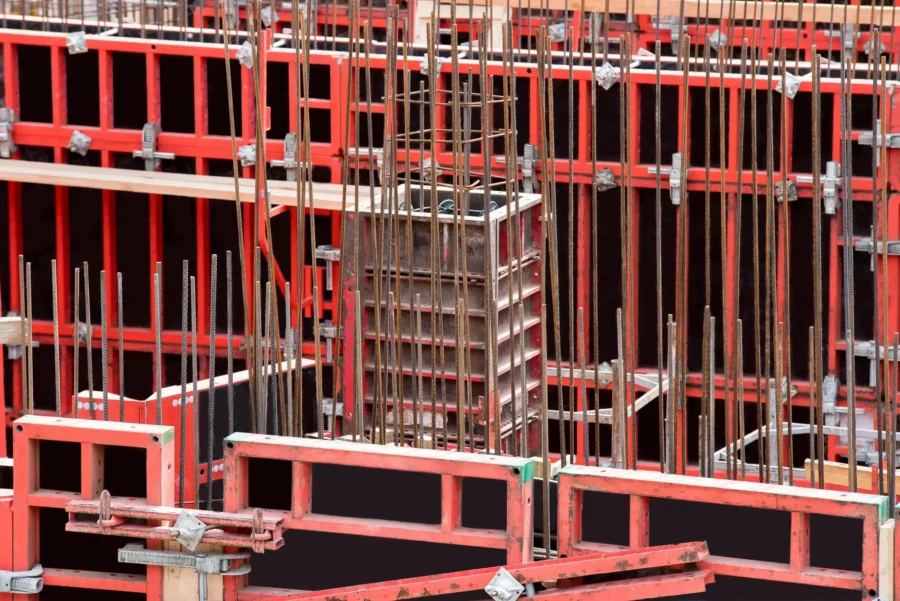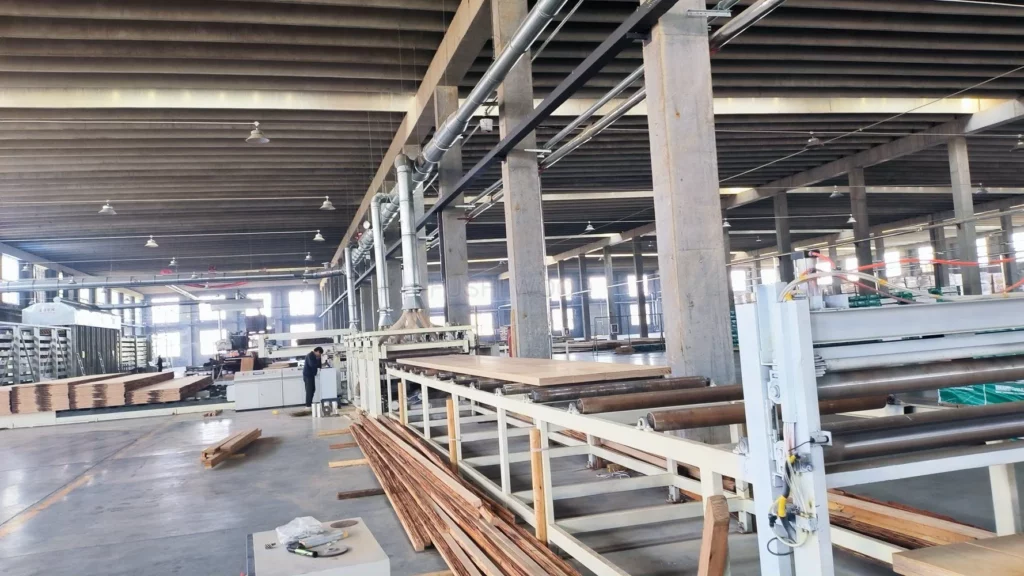Tree removal can be a daunting task, especially when it comes to finding the right service provider. When you have a tree that needs to be removed, it’s crucial to hire a professional who knows what they’re doing and can ensure the job is done safely and efficiently. In this article, we’ll explore the key factors to consider when choosing a tree removal service and provide tips on how to make the best decision.
Understanding the Basics of Tree Removal
Before delving into the process of finding the best service of tree removal near me, it’s important to have a clear understanding of what tree removal entails. Tree removal is the process of cutting down and removing a tree from its location. This is typically done for a variety of reasons, such as when a tree is dead, diseased, or poses a risk to property or people.
If you find yourself in a situation where tree removal is necessary, it’s crucial to act promptly to prevent any potential accidents or damage. It’s essential to hire a professional tree removal service to ensure the job is done safely and efficiently.
What is Tree Removal?
Tree removal is the process of cutting down and removing a tree from its location. This may involve using various tools and equipment, such as chainsaws, cranes, and stump grinders. The process requires expertise to ensure the safety of everyone involved and prevent damage to nearby structures or landscape.
When it comes to tree removal, it’s not just about cutting down the tree. The process also involves careful planning and consideration of factors such as the tree’s size, location, and surrounding environment. Professionals will assess the tree’s condition and determine the best approach to safely remove it. Click here to navigate tree removal costs and services in Sydney.
Why Might You Need Tree Removal Services?
There are several reasons why you might need tree removal services. One common reason is when a tree becomes a safety hazard due to disease, damage, or overgrowth. Dead or decaying trees can pose a significant risk of falling, especially during severe weather conditions.
However, it’s not just the safety aspect that may require tree removal. In some cases, trees may need to be removed to make way for new construction or landscaping projects. This could be a residential or commercial development where the existing trees do not align with the desired design or layout.
Another reason for tree removal is when a tree’s roots grow too close to underground utilities, such as water pipes or electrical lines. Invasive tree roots can cause damage to these essential systems and compromise their functionality. Removing the tree becomes necessary to prevent any potential disruptions or costly repairs.
Additionally, tree removal may be necessary for aesthetic purposes. If a tree is obstructing a view or interfering with landscaping plans, removing it can greatly improve the overall appearance and functionality of your property. It allows for better utilization of the space and enhances the visual appeal of the surroundings.
Key Factors to Consider When Choosing a Tree Removal Service
Reputation and Reviews
One of the first factors to consider when choosing a tree removal service is their reputation and customer reviews. Take the time to research different service providers in your area and read reviews from past customers. Look for a service that has a positive reputation and a track record of delivering quality work.
Online platforms such as Google, Yelp, and Angie’s List can be valuable resources for finding reliable reviews. Additionally, ask friends, family, and neighbors for recommendations based on their experiences with tree removal services.
For example, imagine you come across a tree removal service with numerous positive reviews. Customers rave about their professionalism, efficiency, and attention to detail. One customer even mentions how the service went above and beyond to clean up the debris and leave the property looking immaculate. These glowing reviews give you confidence in the service provider’s ability to meet your expectations.
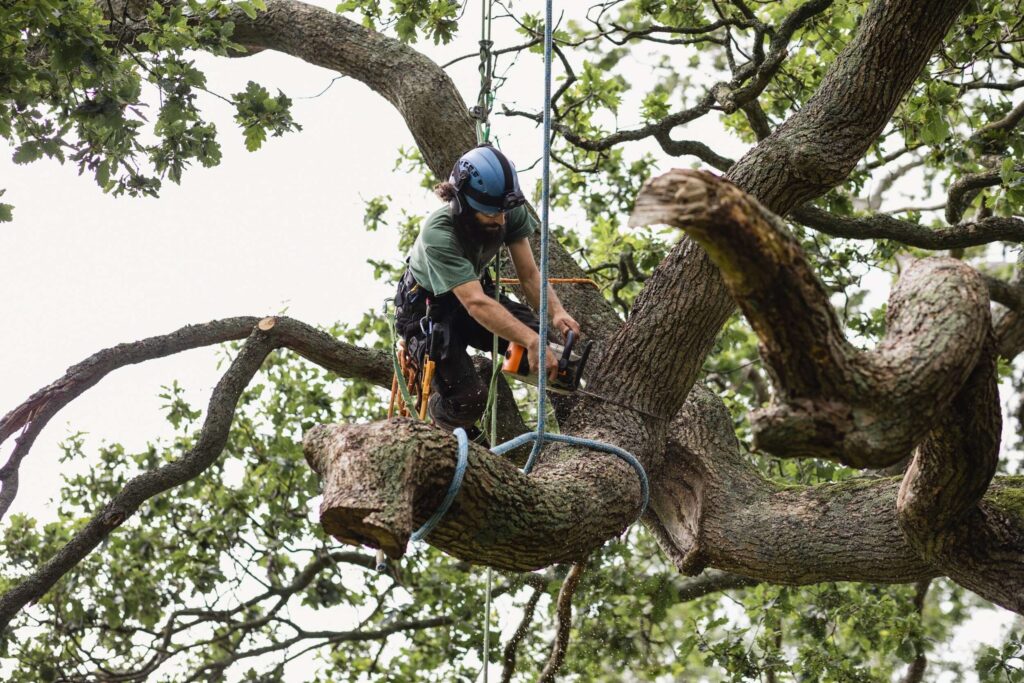
Licensing and Insurance
When assessing tree removal services, it’s crucial to ensure they have the necessary licensing and insurance. Licensed professionals have undergone training and have the skills required to perform the job safely and effectively.
Insurance is equally essential as it protects you from any liability in case of accidents or damage during the tree removal process. Ask the service provider for proof of insurance and verify that the coverage is current and sufficient.
For instance, picture yourself in a situation where you discover a tree removal service that proudly displays their valid license and insurance certificate. This documentation gives you peace of mind knowing that the service provider is qualified and responsible. You can rest assured that they will handle the job with expertise and take responsibility for any unforeseen circumstances that may arise.
Pricing and Estimates
While price shouldn’t be the sole determining factor, it’s essential to consider the pricing and obtain multiple estimates from different tree removal services. Beware of unusually low prices, as they may indicate subpar work or lack of proper insurance coverage.
During the estimate process, ask for a breakdown of the costs involved, including any additional fees or charges. Compare the estimates and consider the overall value offered by each service provider before making a decision.
For example, imagine you receive estimates from three different tree removal services. While all three provide similar services, one of them includes an additional service of stump grinding at no extra cost. This added value sets them apart from the others and makes their estimate more appealing. It shows that they are willing to go the extra mile to ensure customer satisfaction.
By considering these key factors of reputation and reviews, licensing and insurance, as well as pricing and estimates, you can make an informed decision when choosing a tree removal service. Remember to prioritize quality, safety, and value to ensure a successful and stress-free tree removal process.
The Importance of Professionalism and Experience
Assessing the Team’s Professionalism
Professionalism is a crucial factor when hiring any service provider, and tree removal is no exception. Assess the professionalism of the service provider by considering their communication, punctuality, and general demeanor.
A professional tree removal service should be prompt in responding to inquiries, provide clear and transparent information, and arrive at the agreed-upon time. They should also have the necessary equipment, including safety gear, to perform the job effectively and efficiently.
Moreover, professionalism extends beyond just the initial interactions. A reputable tree removal service will follow through on their commitments, provide updates on the progress of the project, and address any concerns or questions you may have in a timely and courteous manner. Their focus on customer service and satisfaction is a key indicator of their professionalism and dedication to quality work.
The Role of Experience in Tree Removal
Experience plays a vital role in the tree removal process. An experienced service provider will have a deep understanding of various tree species, their growth patterns, and potential challenges that may arise during removal.
Ask the tree removal service about their experience and expertise in handling similar projects. Inquire about any specialized training or certifications they have obtained, as this demonstrates their commitment to professional development and staying current with industry best practices.
Furthermore, experienced professionals are adept at assessing the unique characteristics of each tree and developing customized removal strategies to ensure the safety of surrounding property and individuals. Their ability to anticipate and mitigate risks effectively comes from years of hands-on experience in the field, making them valuable partners in any tree removal project.
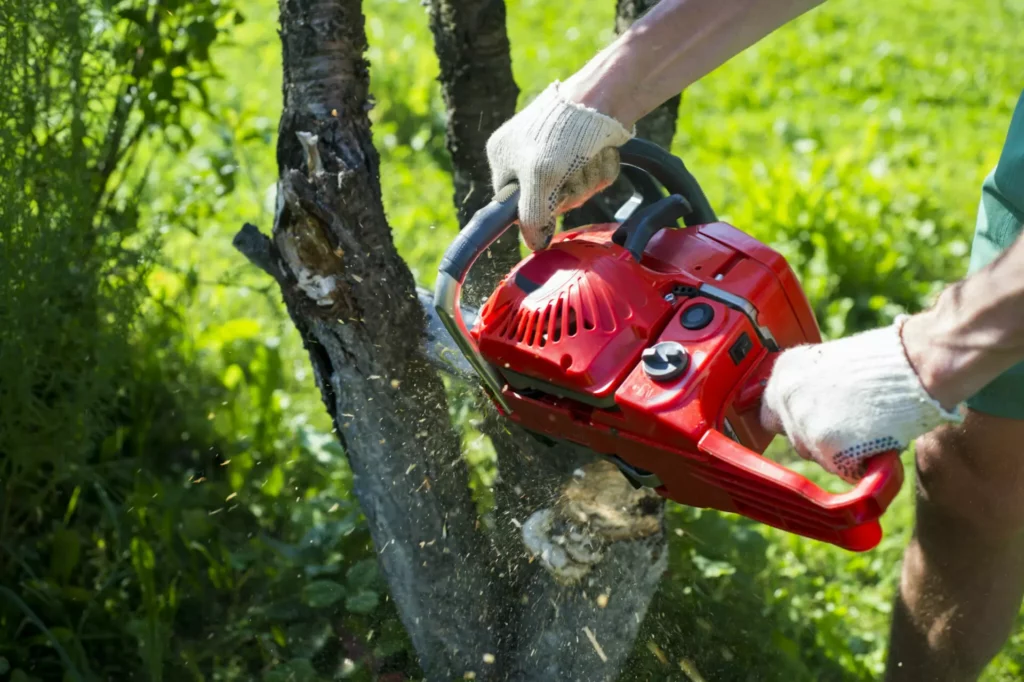
Questions to Ask Potential Tree Removal Services
Inquiring About Safety Measures
Safety should be a top priority when it comes to tree removal. Ask potential service providers about the safety measures they implement to protect their team, your property, and nearby structures. This may include using appropriate rigging techniques, ensuring proper personal protective equipment is worn, and having a plan in place in case of emergencies.
Additionally, inquire about the training and certifications of the crew members who will be handling the tree removal. A skilled and well-trained team is essential for ensuring a safe and successful tree removal process. Ask about their experience in handling similar projects and any safety incidents they have encountered in the past and how they were addressed.
Understanding Their Equipment and Techniques
It’s important to understand the equipment and techniques used by potential tree removal services. Each job may require different tools and methods depending on factors such as tree size, location, and surrounding environment.
Ask the service provider about the equipment they use and how it will impact your property. Inquire about any potential damage that may occur, such as lawn compaction or disruption to nearby plants. Reputable services will take steps to minimize any adverse effects on your property while efficiently completing the tree removal process.
Furthermore, discuss with the service provider the specific techniques they plan to use for your tree removal. Whether it involves traditional tree climbing methods, the use of cranes, or specialized equipment for tight spaces, understanding their approach will give you insight into the thoroughness and professionalism of their work.
Making the Final Decision
Comparing Your Options
After conducting thorough research, obtaining estimates, and assessing the factors mentioned above, it’s time to compare your options. Consider the reputation, licensing and insurance, pricing, professionalism, and experience of each service provider.
Compile a list of pros and cons for each option and narrow down your choices based on your priorities and budget. Trust your instincts and choose a tree removal service that aligns with your needs and values.
When comparing your options, it’s essential to delve deeper into each company’s reputation. Look for reviews and testimonials from previous customers to gauge the quality of their work and customer satisfaction levels. Additionally, inquire about the equipment and techniques they use for tree removal to ensure they align with industry standards and safety protocols.
Trusting Your Gut Feeling
Ultimately, trust your gut feeling when making the final decision. If something doesn’t feel right or you have lingering doubts, it’s best to continue your search and find a service provider that instills confidence and trust.
Remember, communication is key when working with a tree removal service. Ensure that the company is transparent in their communication and addresses all your concerns regarding the project. A reliable service provider will listen to your needs attentively and provide clear explanations of the process, timeline, and costs involved.
By considering these key factors and asking the right questions, you can find the best tree removal service near you. Remember that tree removal is a complex task that requires professional expertise, so don’t compromise on quality and safety. With the right service provider, you can ensure your tree removal needs are met efficiently and effectively.
Other Articles: Scaffolding Sydney by Abrahams House Construction


